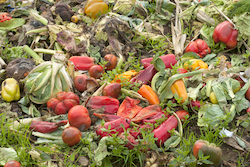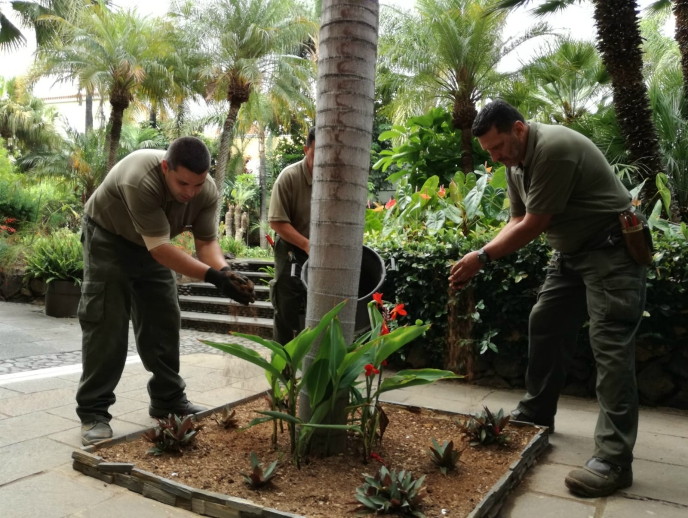From fields to platform to plate – a smart solution for avoiding food waste
At the heart of the global sustainability challenge lie some paradoxes. Perhaps one of the greatest (and cruellest) of these relates to food, where on the one hand a large amount of food produced annually is wasted, while on the other many people suffer from hunger. The EU-funded SavingFood project developed an online platform to help networks of shops, farmers, welfare associations and volunteers redistribute food that would be otherwise be wasted, to those in need. The initiative went beyond redistribution practicalities to also raise awareness, engagement and advocacy around the topic of food, for example by creating guidelines and organising a series of events. Build the platform and they will come SavingFood was set up to meet four broad objectives: to foster large scale collaboration between food donors and recipient organisations, to make gleaning (saving unharvested/unsold food) more efficient and scalable, to raise awareness and engage citizens in the food waste solution and to motivate lifestyle changes. The project brought together the food waste community, along with the technical and scientific community. Collectively, after eight user and data requirement workshops, they developed an online platform with flexible and comprehensive functionality, where all community participants could engage within a prosocial environment to share information and effectively distribute food. While SavingFood harnessed the power of ICT, the solution’s driving force is the platform’s community of users. As deputy project coordinator Ms Vasia Madesi explains, “We wanted to go further than traditional food redistribution channels and effectively create a social movement for food waste reduction, by engaging all actors of the food waste cycle to become part of the solution.” Broadly speaking the platform engaged three different user groups. Firstly, food donors – companies, such as supermarkets or restaurants, who may have food surplus to share. Secondly, recipient organisations or charities - who are already helping vulnerable groups and ready to accept safe-for-consumption food donations. Lastly, volunteers - who could get involved in a number of ways such as at events, by gleaning food or encouraging friends and family to take action. Explaining how the platform is adopted in practice, Ms Madesi says, “As SavingFood is particularly geared to local communities and networks of citizens, farmers, local food businesses and associations, the activities reflect this. An example is the Disco soup events, where participants enjoy a dinner using redistributed food while also having the chance to socialise and dance.” SavingFood has also organised a series of successful offline food saving events such as gleaning and farmers’ markets around Europe to raise awareness and sensitise the general public to the serious impacts of food production and distribution issues on society, the environment and economy. Achieving active citizen participation The data generated during the pilot deployment of SavingFood in the four different countries (UK, Greece, Hungary and Belgium) affords a unique insight into the platform’s adoption. To date more than 9 000 European citizens have been actively involved in 11 awareness raising events. Around 1 100 citizens have made a pledge against food waste around Europe. The number of organisations that benefited from food donations could be estimated around 100 and 156 food saving tips were collected through crowdsourcing campaigns. The total number of volunteers estimated to have been active on the platform stands at 5 000 and the total number of citizens reached through dissemination activities is estimated around more than 820 000. The team found that from an innovation perspective, compared to existing solutions, SavingFood’s bottom-up crowdsourcing approach, whereby existing communities (many offline) set up their own activities, resulted in increased efficiency in food management. The pilot redistribution organisations also increased their visibility and gained new contacts with welfare organisations. Overall, SavingFood helped the local pilot communities to save time and resources in coordinating food saving events, meaning that they could expand the scope of their operations. Indeed, as Ms Madesi summarises, “We designed a replication handbook for potential users which draws on evidence, of barriers and opportunities, primarily from the experience of SavingFood stakeholders. We also developed a set of policy recommendations targeted at local, national and European decision makers and presented them to the EU Platform on Food Loss and Food Waste sub-group earlier this year.”







